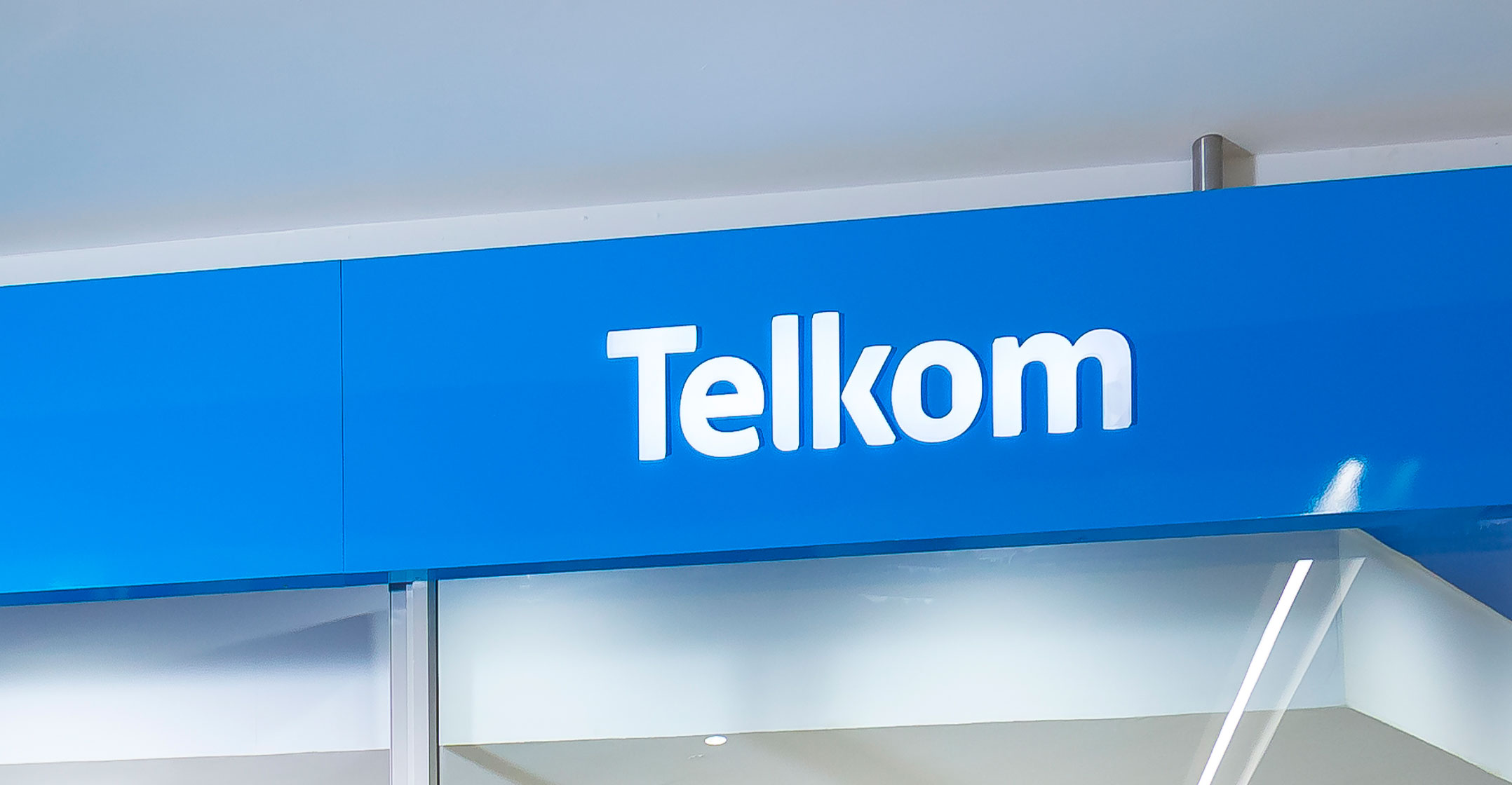 Telkom burned through close to R1-billion cash in the most recent six months.
Telkom burned through close to R1-billion cash in the most recent six months.
It reported negative free cash flow of R839-million in the six months to end-September, a R1.05-billion swing from the R211-million positive figure reported in the first half of last year. It argues this is due to “an increase of R1.1-billion in capex paid in the period under review”.
This was caused by the Covid-19 lockdown in the first half of the last fiscal. This meant the operator had higher than normal capex in the second half, peaking in the fourth quarter. The operator settled a portion of Q4 capex (which was R3.3-billion) in the first half of this year which makes clean comparisons impossible. It has declined to reveal the actual figure, saying only that “in line with industry practice our general supplier payment terms are 90 days”.
Telkom said: “In H1 FY2022 we have spent approximately R700-million more on capex than the prior year and this will be settled in H2. The capex execution cadence has been normalised in the current year and this will flow through to our cash flow performance.”
The question, really, is what the free cash flow picture will look like for this financial year.
While the operator includes the impact of lease payments in its free cash flow calculation, it excludes the costs of purchasing shares for its share incentive scheme. This is a cash expense and required R285-million in cash in the prior year and R393-million in cash in this period. One might easily argue that free cash flow was therefore negative in the first half of last year and more than negative R1.2-billion for the past six months.
Handset book
Buried in the operator’s results is a note that Telkom “executed an off-balance sheet disposal of the handset receivable book amounting to approximately R300-million in line with management’s cash release initiatives to improve working capital management”.
This provided a R305-million boost to cash in the six months. It said it “recognised a derecognition gain of R43-million within other income in the statement of profit or loss and other comprehensive income” and that “Telkom will continue to explore similar initiatives to ensure further cash flow”.
This is a once-off transaction which the group will only be able to do again once its handset receivables book grows to a reasonable level.
It has stretched amounts owing to creditors to the limit, with trade and other payables sitting at about a quarter of full-year revenue
At the end of it all, the group burned through R1.6-billion in cash in the six months. This saw its net cash balance decline from R5-billion on 1 April to R3.4-billion on 30 September.
It has all but run out of once-off transactions or “cash release initiatives” to boost cash flow.
It has stretched amounts owing to creditors to the limit, with trade and other payables sitting at about a quarter of full-year revenue. With its current revenue picture, the once-off gains in the last year are not likely to be repeated.
| Trade and other payables | |
| March 2019 | R7.406-billion |
| September 2019 | R7.616-billion |
| March 2020 | R8.339-billion |
| September 2020 | R8.855-billion |
| March 2021 | R11.493-billion |
| September 2021 | R10.464-billion |
Capex requirements are not going to reduce. Currently, capex to revenue is at 17%. But based on prior full-year periods this figure should sit closer to 20%.
Group revenue has been flat at R21-billion every half-year since the second half of 2019, which is not a great sign. And the growth in mobile service revenue – which has helped the group’s overall number stand still – continues to slow.
The increase in mobile service revenue in the first half this year was just 7% – the first time this has dropped to single figures.
| Change vs prior-year period | H1 2020 | H2 2020 | H1 2021 | H2 2021 | H1 2022 |
| Mobile service revenue | 57% | 53% | 48% | 24% | 7% |
Another way of looking at this is the growth rate in each six-month period versus the immediate prior six months.
| Change vs prior six months | H1 2020 | H2 2020 | H1 2021 | H2 2021 | H1 2022 |
| Mobile service revenue | 22% | 25% | 19% | 5% | 2% |
Fixed and mobile service revenue have almost exactly swapped between H2 2020 and the first half of 2022 (R8.6-billion and R7-billion respectively, versus R7-billion and R8.8-billion).
Average revenue per user is under pressure and this will continue to be the case if Telkom continues to grow prepaid customers as aggressively as it is (up 24% to 13.7 million). Remember, Cell C has actively shrunk its subscriber base to focus on profitable customers.
BCX not at all resilient
Just a year ago, BCX described the IT segment of BCX’s revenue (that is everything but connectivity and voice) as “resilient”. In last week’s presentation, it said “IT remains under pressure”.
IT revenue at BCX is down 16% versus two years ago – hugely problematic for what was supposed to be a defensive business.
It said the converged communications revenue picture is “nearing stabilisation” and this is down only one percentage point more (-17%) than the IT segment versus two years ago. This shows just how poorly the IT segment is performing. Imagine how much worse the margin of 13.9% would look if it didn’t cut 12% of the BCX staff base in the year. Three years ago (H1 2020) the margin was 16.8%.
At the current run rate, it is quite conceivable for BCX to end this year with a R4-billion drop in revenue from FY 2019, a decline in excess of 20%. This is a stunning drop.
 Towers to the rescue
Towers to the rescue
Its tower unit, Swiftnet, will list on the JSE by the end of the year in an effort to unlock value. The main driver of this decision is that the operator argues its “infraco” assets are not correctly valued by the market.
This is not an enormous business. Revenue in H1 2022 was R674-million, but it has very attractive margins at 79%, with Ebitda (earnings before interest, tax, depreciation and amortisation) of R532-million. It notes that 56% of its tenants are external customers, which is a positive.
Will it be enough to move the needle for Telkom?
Telkom will easily be able to raise quite a few billion rand through the listing of a “minority interest”. Options for the proceeds are “reinvest in the business; rebase the balance sheet; or return cash to shareholders”.
Given that the group has net debt of R12.6-billion as at FY 2022 and that it burned through cash in the six months, any bets on a dividend? One may argue that it has been forced into a corner where it has to sell a stake in this business.
- This article was originally published by Moneyweb and is republished by TechCentral with permission




